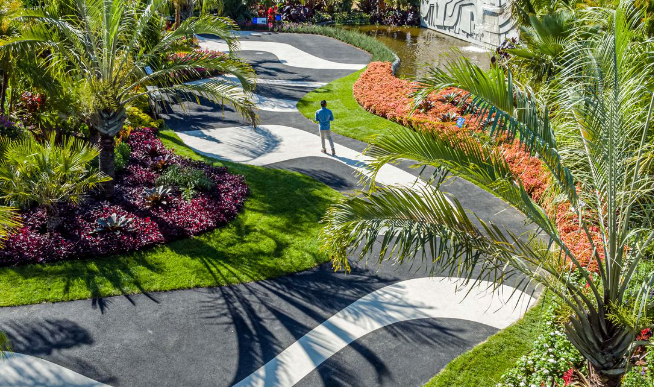Burle Marx Design: A Celebration of Nature and Artistry
Burle Marx, a Brazilian landscape architect and artist, transformed the way we think about gardens and landscapes. His innovative designs blend art with nature, creating spaces that are not just beautiful but also functional. Understanding his approach can inspire new trends in landscaping and garden design, making it relevant for anyone who appreciates the beauty of outdoor spaces.
Evoking Emotion through Landscape
Burle Marx believed that landscapes should evoke emotion and reflect the culture of the environment. He often incorporated native Brazilian plants and took into account the cultural context of each project. This sensitivity resulted in designs that felt organic and connected to their surroundings. By studying his forest-like landscapes and vibrant patterns, designers can learn the importance of context—how a garden can tell a story, represent a community, or honor a cultural heritage.
Sustainable Practices in Design
Sustainability was a core principle in Burle Marx’s work. He advocated for the use of native plants, which require fewer resources and provide habitats for local wildlife. His designs often featured lush greenery that not only enhanced visual appeal but also contributed to local ecosystems. By embracing his philosophy, modern landscape architects and gardeners can create spaces that not only look stunning but also promote biodiversity and environmental responsibility.
The Artistic Influence of Burle Marx
The artistic elements of Burle Marx’s work extend beyond traditional landscaping. He often incorporated colors, textures, and shapes that resembled modern art, turning gardens into living canvases. His playful use of geometric patterns, combined with natural forms, provides a captivating aesthetic experience. For aspiring landscape designers, his work serves as a reminder that landscaping can be an art form, where creativity flourishes alongside nature.
In conclusion, exploring Burle Marx’s design principles provides valuable insights for anyone interested in landscaping or garden design. His ability to intertwine art with nature offers a fresh perspective on how we can create beautiful, sustainable, and meaningful outdoor spaces. To learn more about his remarkable work and how to apply his techniques, consider visiting your local library, attending workshops, or exploring online resources dedicated to landscape architecture.

